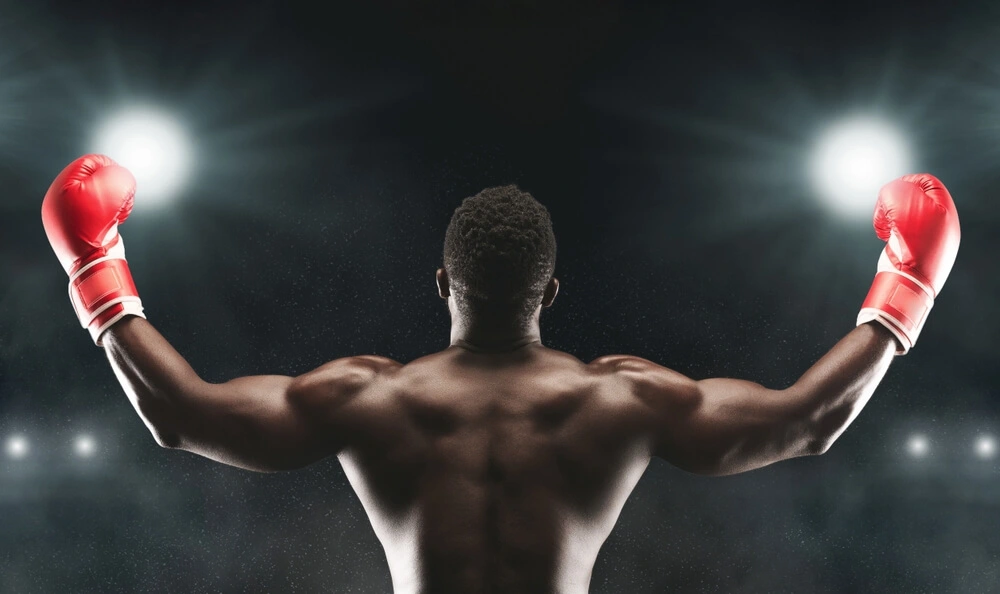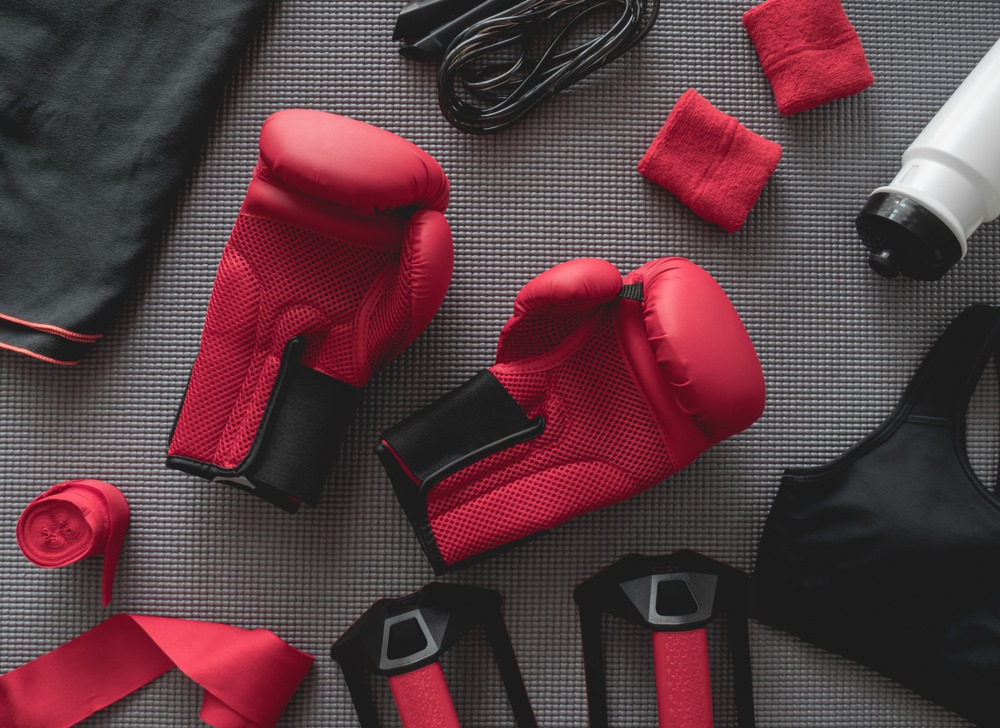Why Do Olympic Boxers Not Wear Headgear?

Olympic boxing, a sport celebrated for its speed, skill, and strategic depth, has undergone several significant changes over the years. One of the most noticeable changes came in 2013 when the International Boxing Association (AIBA) decided to remove headgear for male boxers in Olympic competitions. For decades, headgear was a mandatory piece of equipment designed to protect athletes from head injuries, making its sudden removal a topic of widespread debate and curiosity.
This change has left many wondering: Why do Olympic boxers not wear headgear? The decision, while surprising to some, was based on extensive research and a desire to enhance the safety and quality of the sport. In this article, we will explore the reasons behind this decision, examining the history of headgear in boxing and the evidence that led to its removal from the Olympic stage.
The History of Headgear in Boxing
Headgear in boxing has evolved significantly since its early days. Initially, boxing was a bare-knuckle sport, but as concerns over injuries grew, protective measures, including headgear, were introduced. By the mid-20th century, headgear became standard in amateur and Olympic boxing, aimed at reducing cuts, bruises, and concussions. While it was embraced in amateur competitions for its protective benefits, headgear was never popular in professional boxing, where fighters relied on defensive skills rather than protective gear. This protective gear became a symbol of safety in the sport, though its effectiveness was later questioned.
The Shift Towards Headgear-Free Boxing
In 2013, the International Boxing Association (IBA) made a groundbreaking decision to eliminate headgear in men’s amateur boxing, including the Olympics. This move surprised many, as headgear had long been associated with safety. However, the decision was based on studies that suggested headgear might not prevent concussions as effectively as once thought. In fact, some research indicated that headgear could increase the risk of head trauma by creating a false sense of security and reducing a boxer’s peripheral vision, making them more vulnerable to punches.
The shift to headgear-free boxing was also seen as a way to bring amateur boxing closer to the professional level, where fighters rely more on skill, defensive techniques, and ring awareness. Without headgear, boxers are encouraged to refine their defensive strategies, leading to a higher level of competition. Additionally, the removal of headgear has been credited with enhancing the sport’s intensity and entertainment value, as fans can better see the boxers’ expressions and the action appears more authentic. This change aimed to make the sport safer and more engaging for both athletes and spectators.
Safety Concerns and Controversies
The removal of headgear in Olympic boxing has led to considerable debate, with safety concerns being a primary focus. Critics worry that without headgear, boxers are at a greater risk of head injuries, including concussions. The absence of protection raises fears about potential long-term brain damage, similar to concerns seen in professional boxing.
Proponents, however, argue that headgear-free boxing might actually reduce concussion risks. Research suggests that headgear can create a false sense of security and limit peripheral vision, making boxers more vulnerable to hard punches. Without headgear, boxers may rely more on defensive skills, potentially lowering the risk of serious injuries.
To address these risks, the International Boxing Association (IBA) has introduced stricter medical protocols, such as enhanced pre-fight screenings and vigilant post-fight evaluations. Referees are also trained to stop fights sooner to protect boxers from harm.
The debate over headgear-free boxing reflects differing perspectives on athlete safety. Supporters believe the change promotes better defensive techniques and reduces superficial injuries. In contrast, opponents remain concerned about the increased risk of serious head injuries, questioning whether the benefits truly outweigh the potential dangers.
The Impact on Olympic Boxing
The removal of headgear has significantly impacted Olympic boxing, influencing both competition strategy and the sport’s popularity. Without headgear, boxers have had to adapt by focusing more on defensive skills and ring awareness. This shift has led to a more strategic and technical style of boxing, where fighters must be more cautious and precise in their approach. The increased intensity and authenticity of the bouts have also made Olympic boxing more exciting and engaging for audiences, potentially boosting the sport’s popularity.
The change has also affected amateur boxing beyond the Olympic stage. The headgear-free approach is seen by some as a way to better prepare amateur boxers for professional careers, where they will compete without headgear. This could attract more serious athletes to the sport, viewing it as a more direct pathway to professional boxing.
However, concerns about safety remain, particularly for younger and less experienced boxers. The debate over the balance between safety and skill development continues, with some fearing that the risks of head injuries could deter participation. Despite these concerns, the shift has undeniably reshaped the landscape of amateur boxing, influencing how the sport is perceived and practiced worldwide.
Conclusion
The decision to remove headgear from Olympic boxing has brought both challenges and opportunities, reshaping the sport in terms of strategy, safety, and audience appeal. While the debate over its impact continues, the shift has undeniably changed the face of amateur boxing. To explore a wide collection of headgear that balances safety with performance, visit our website, InvictoSports.


